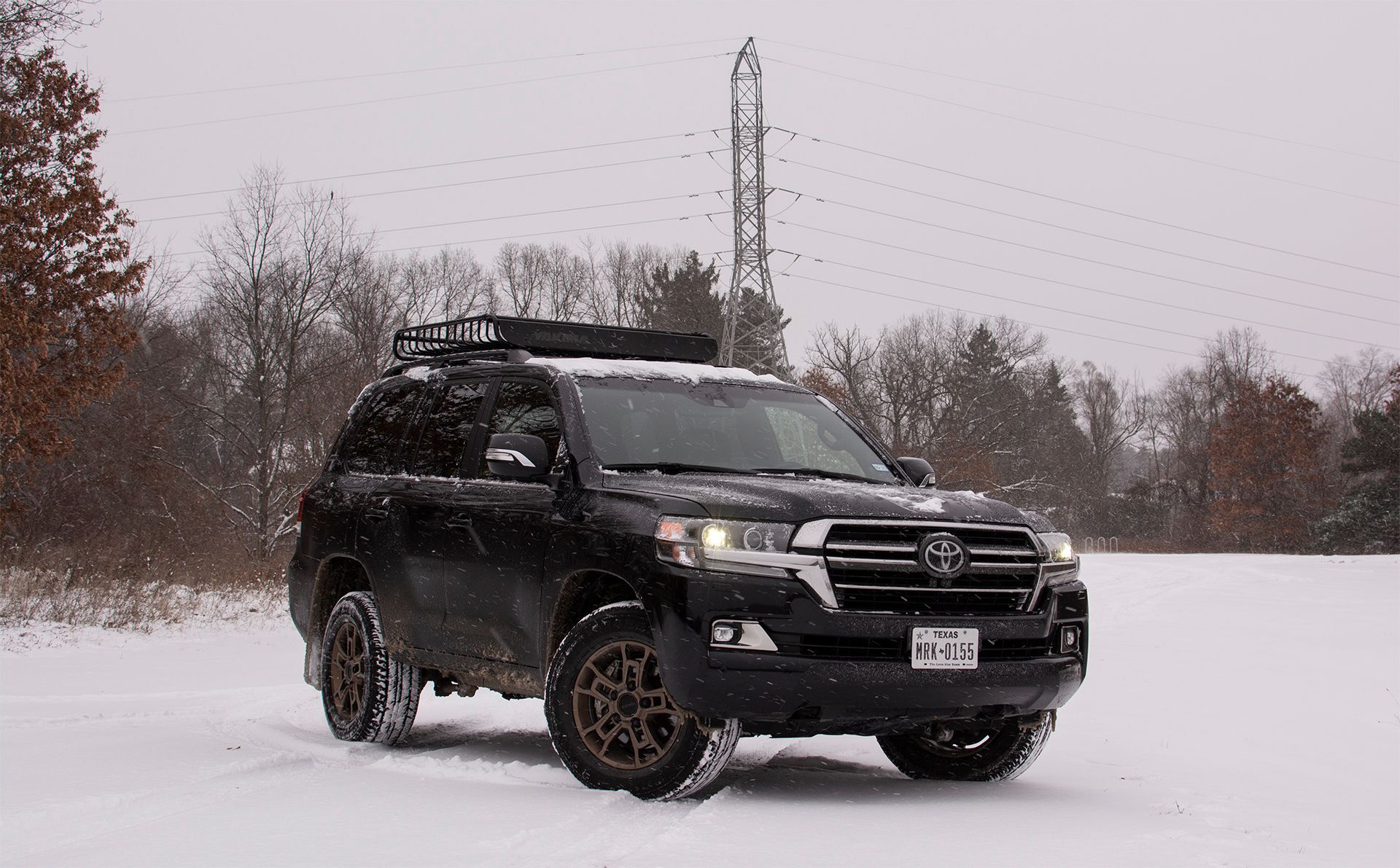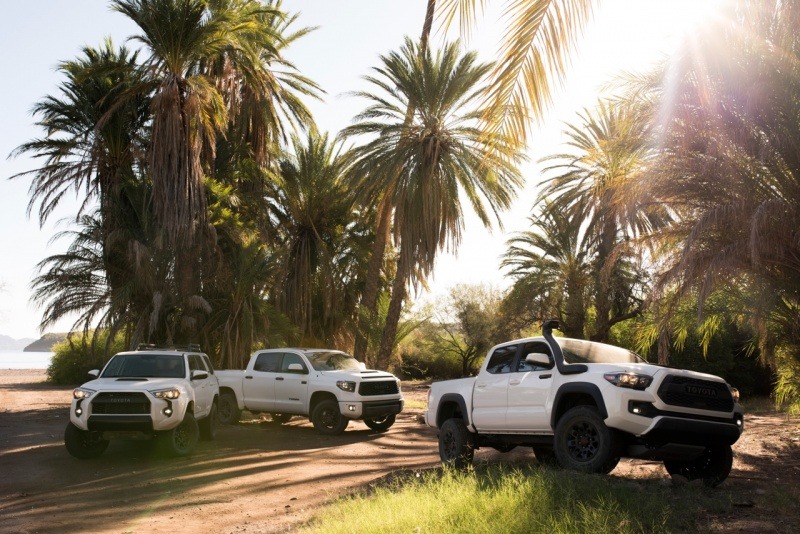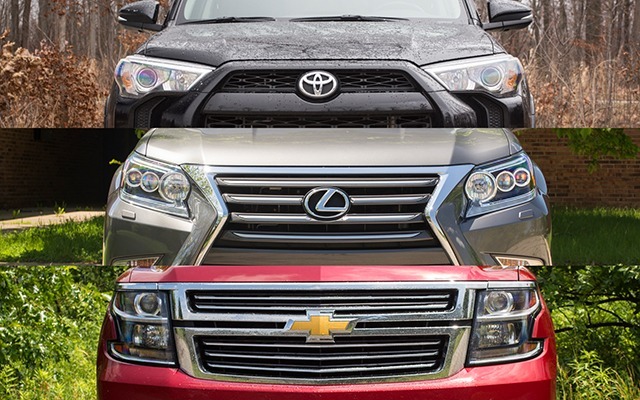Search the Community
Showing results for tags '4Runner'.
-
4Runner Venture Edition Not much has changed outside since we last checked out the 4Runner in 2016. It still has a blocky and chunky look that helps it stand apart from other SUVs. This Venture model adds several goodies such as TRD wheels, blacked-out trim pieces, and a Yakima roof rack; pe...
- 30 replies
-

Chicago 2018: 2019 Toyota TRD Pro Gets Upgraded
William Maley posted an article in Chicago Auto Show (CAS)
-
It has been a couple of years since we last checked out the Toyota 4Runner. Since that time, the crossover marketplace has grown even further and becoming the clear choice for many consumers. But there are still some who want/need the capability of an SUV like the 4Runner. Who should consider it?...
- 11 comments
-
It has been a couple of years since we last checked out the Toyota 4Runner. Since that time, the crossover marketplace has grown even further and becoming the clear choice for many consumers. But there are still some who want/need the capability of an SUV like the 4Runner. Who should consider it?...
- 11 replies
-
Toyota Motor Sales Reports 5.2 Percent February Increase TMS light trucks set new February record RAV4 charges ahead, marks best-ever February Lexus LX, RX, and NX see double-digit gains TORRANCE, Calif. (March 1, 2016) – Toyota Motor Sales (TMS), U.S.A., Inc. today reported February 2016 sales o...
- 5 replies
-
- 4Runner
- Highlander
-
(and 3 more)
Tagged with:
-
While crossovers haven taken the space that SUVs occupied only a few years ago, a number of automakers are still producing them as there is still an audience for them. One that wants the off-road and towing ability SUVs offer. So come along as we take a look at three specimens in our latest 2014 rev...
-
While crossovers haven taken the space that SUVs occupied only a few years ago, a number of automakers are still producing them as there is still an audience for them. One that wants the off-road and towing ability SUVs offer. So come along as we take a look at three specimens in our latest 2014 rev...








